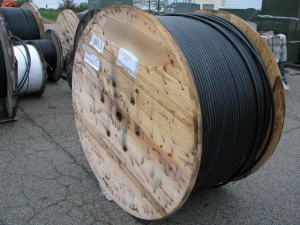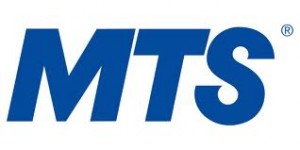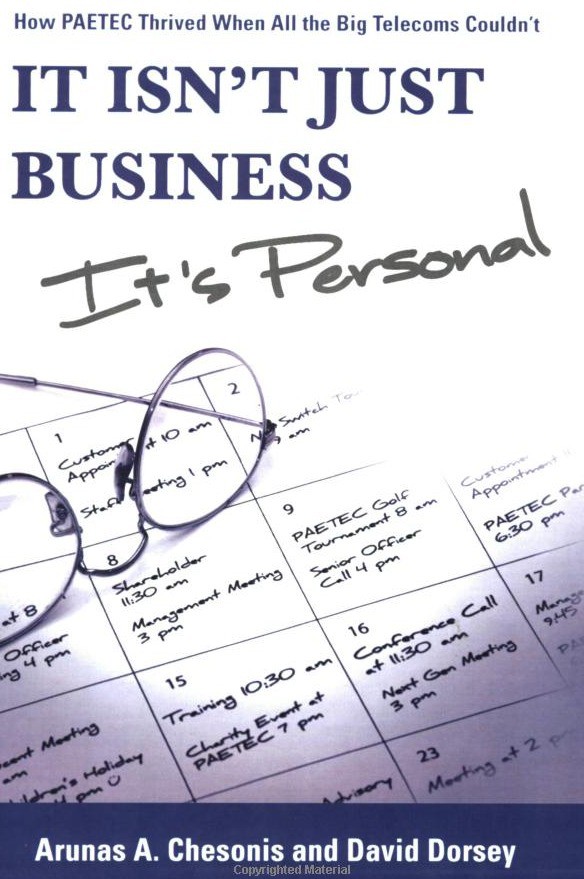 Verizon has inserted a change in their privacy policy to allow the company to share the exact addresses of their customers with advertisers to target location-specific ads on websites browsed while using Verizon as your Internet Service Provider. The new policy also applies to Verizon Wireless customers.
Verizon has inserted a change in their privacy policy to allow the company to share the exact addresses of their customers with advertisers to target location-specific ads on websites browsed while using Verizon as your Internet Service Provider. The new policy also applies to Verizon Wireless customers.
“…Verizon will soon participate in a program that will improve the ability of advertisers to reach our Verizon Online customers based on your physical address. The goal is to provide online ads that may be more relevant to you.
This program uses your address to determine whether you reside in a local area an advertiser is trying to reach.
This advertising program uses your physical address to help advertisers deliver ads to websites you visit while using Verizon Online. This program allows national brands and local businesses to tailor offers, coupons and incentives to your local area. Because the ads can be geographically directed, they may be more relevant to you.”
In fact, they are even more relevant to Verizon’s bottom line, because the company can extract higher advertising charges for this level of targeting. For example, eateries could purchase advertising directed only to specific homes they feel are most likely to patronize their establishments. If a local department store wants to target only homes on streets statistically likely to deliver higher-income, big spending customers, Verizon could provide that service as well. If advertisers want to reach seedy neighborhoods to pitch home security systems, Verizon can identify their customers in sketchy areas and direct ads accordingly.
Verizon also informs customers they are preparing to start tracking all of your visits to various websites, and they will sell that information to their advertisers as well.
If you are not interested in letting Verizon follow you wherever you go and allow them to share your home address with advertisers of all kinds, you can opt out:
Verizon broadband Internet access customers may opt-out of the geographically-based advertising program described above by following the instructions here. Verizon Wireless Internet customers may opt-out of the relevant mobile advertising program by following the instructions here or by calling us at 1-866-211-0874. If you opt out online, you will need your account user ID and password. Also, please note that you will receive ads whether you participate in these programs or not, but under these programs, ads may be more relevant to you.
Thanks to regular Stop the Cap! reader Corrine and Bill Pytlovany for alerting us.


 Subscribe
Subscribe







